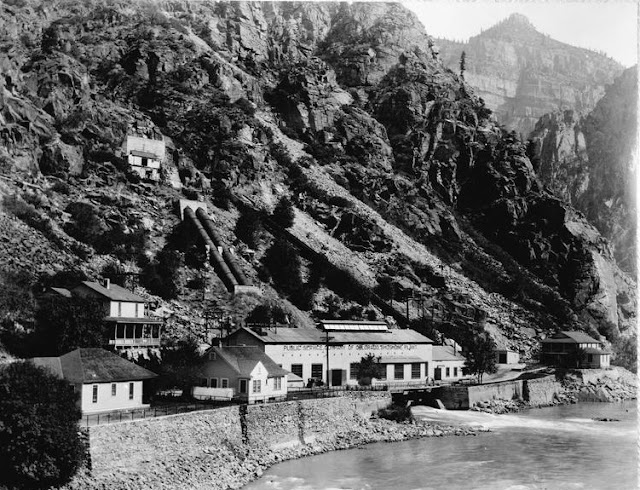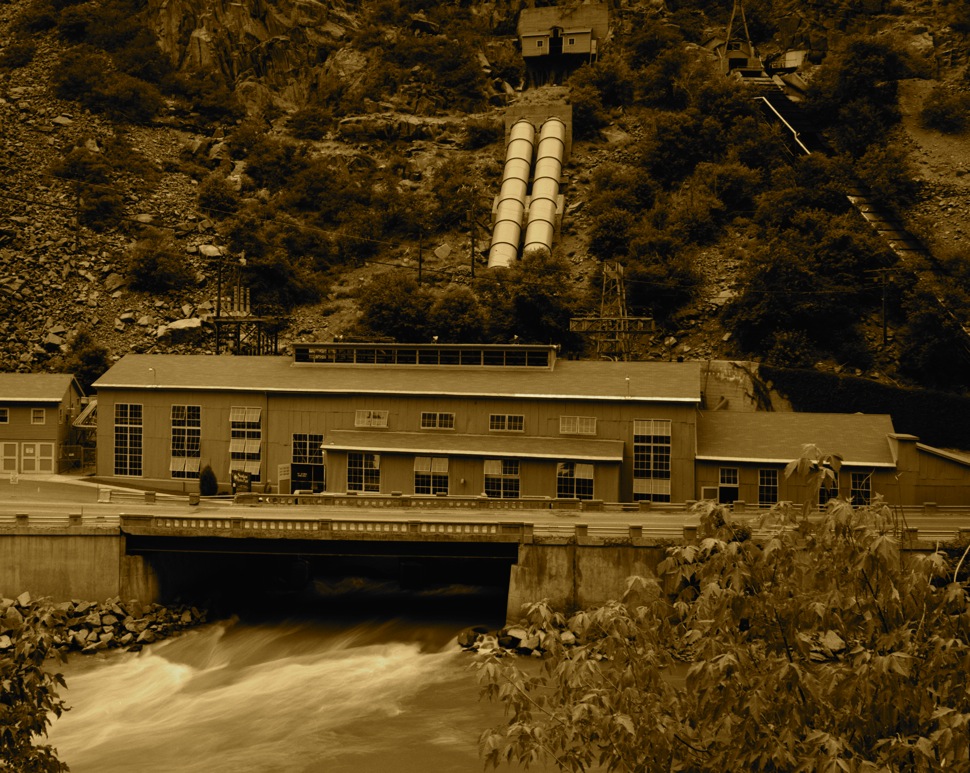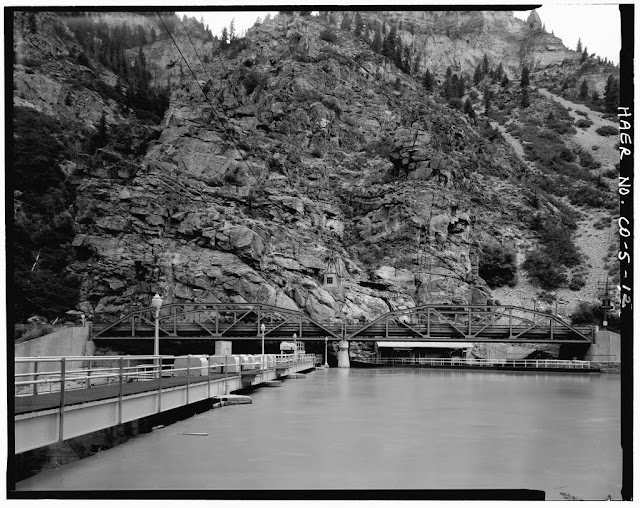The Shoshone Generating Station, located in Glenwood Canyon, Colorado, is a vital hydroelectric power plant that has been providing clean energy to the region for over a century. Built in 1905, it is the oldest operating hydroelectric facility on the Colorado River and has a capacity to generate 15.8 megawatts of electricity. One megawatt can power approximately 1000 homes.
The power plant harnesses the power of the Colorado River, utilizing its natural flow to turn turbines and generate electricity. Water is diverted from the river through five large pipes, known as penstocks, which drive huge turbines housed within the plant. As the water passes through the turbines, its potential energy is converted into mechanical energy, which in turn powers generators to produce electricity.
Due to its strategic location in Glenwood Canyon, the Shoshone Generating Station plays a critical role in Colorado’s power grid. By relying on the natural flow of the river, it provides a consistent source of clean energy, unaffected by fluctuations in wind or sunlight. This stability is particularly important during periods of high energy demand or when other renewable sources are less reliable.
Beyond its power generation capabilities, the station also serves an important environmental function. By maintaining a minimum flow requirement for the Colorado River, it supports the local ecosystem and ensures the survival of fish and other aquatic species. The steady release of water from the station helps maintain the river’s natural flow patterns, preventing downstream issues related to water scarcity.
The Shoshone Generating Station is not open to the public for tours due to its critical infrastructure status, but its contribution to the region’s renewable energy capacity and environmental sustainability cannot be overstated.





